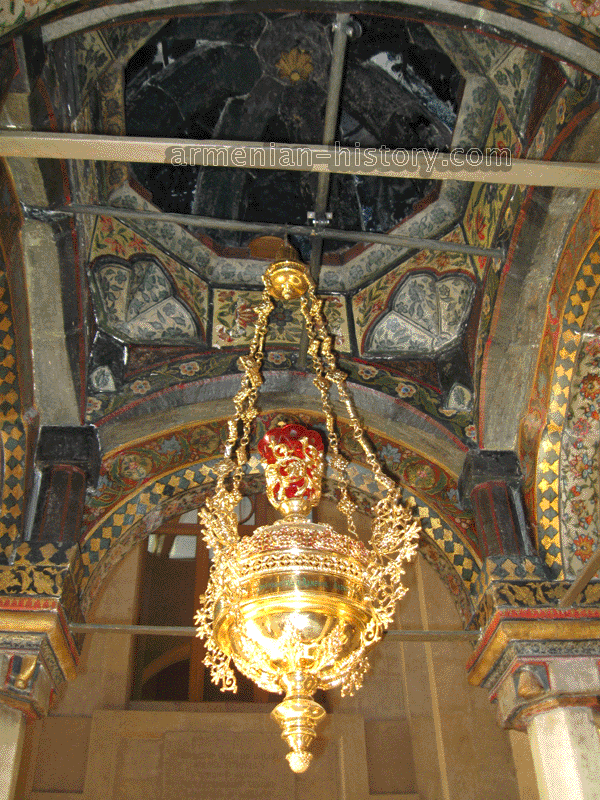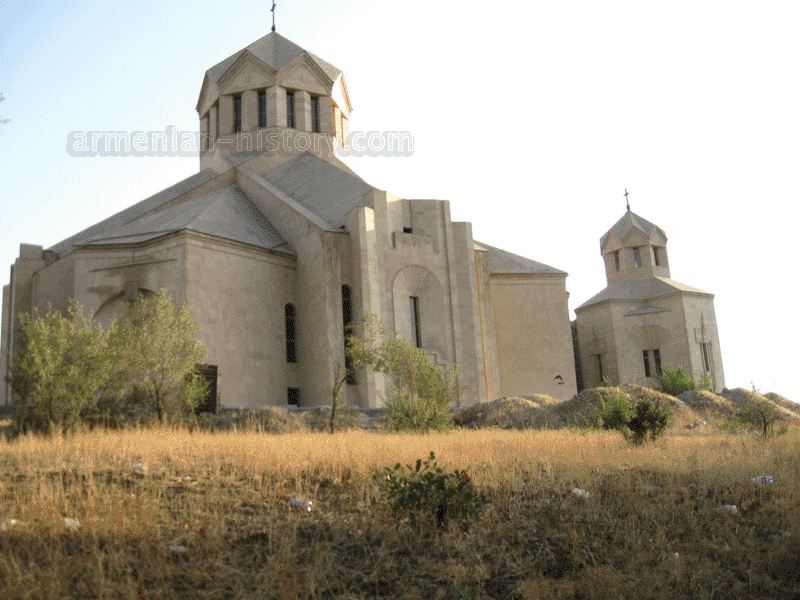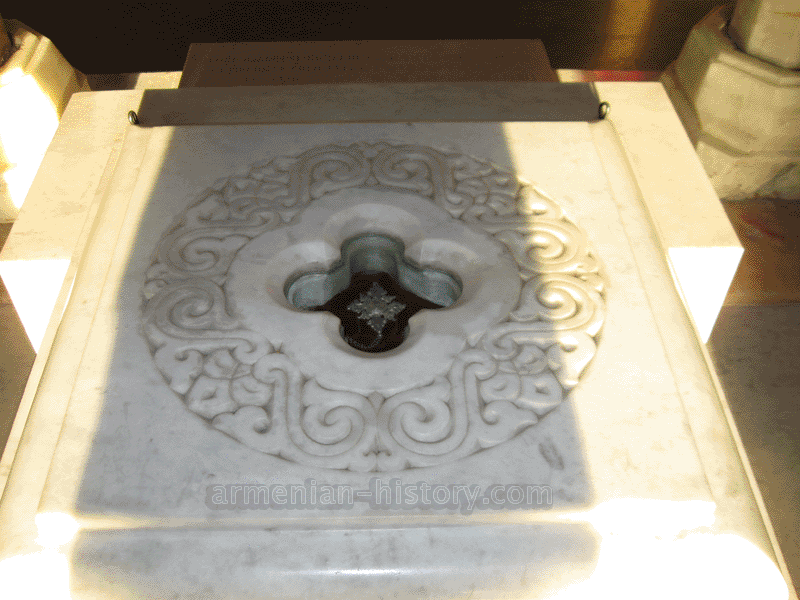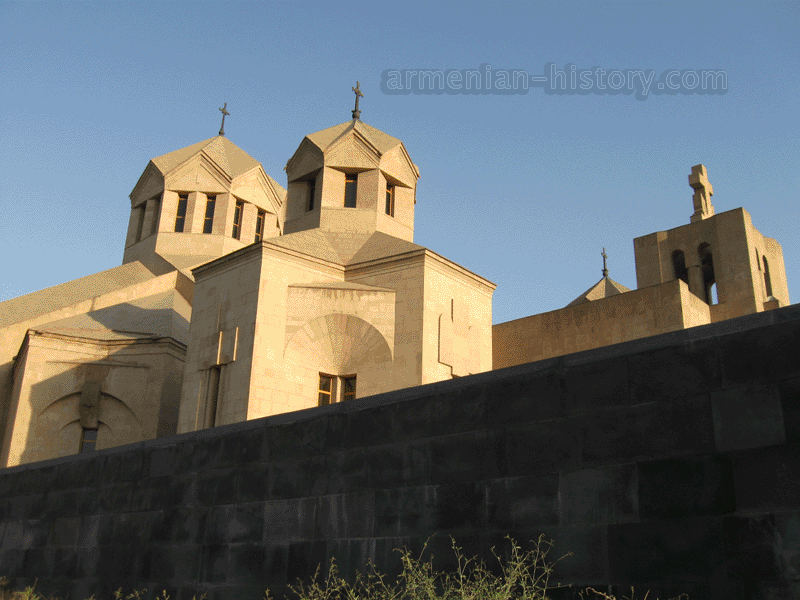St. Grigor Lusavorich Cathedral, one of the largest and most awe-inspiring cathedrals in Armenia, serves as a monumental symbol of the 1700th anniversary of Armenia’s adoption of Christianity as a state religion. The construction of this grand cathedral was completed in 2001, making it a modern architectural marvel with deep historical and spiritual significance.
The cathedral complex consists of three churches:
- Main Cathedral (Main Church) – The central structure seats 1,700 people and stands as the focal point of the complex.
- Chapel of St. Tiridat (Tiridates) III the King – This chapel honors the Armenian king who, alongside St. Gregory the Illuminator, played a pivotal role in converting Armenia to Christianity. It has a seating capacity of 150.
- Chapel of St. Ashkhen the Queen – Dedicated to the queen who supported St. Gregory’s mission, this chapel also seats 150.









At the entrance, visitors are greeted by a towering belfry and a spacious court. The lower floor of the Main Church is designed for receptions and church-related events, making the cathedral not only a place of worship but also a hub for community activities.
The consecration of the cathedral took place on September 23, 2001, marking the 1700th anniversary of Armenia’s Christian heritage. Its majestic presence is visible from numerous vantage points throughout Yerevan, standing as a symbol of Armenia’s enduring Christian faith.
One of the most significant aspects of the cathedral is that it houses the holy relics of St. Gregory the Illuminator, which were brought from Italy for the consecration. Shortly after the cathedral’s opening, Pope John Paul II visited the site, further emphasizing its importance in the Christian world.
St. Grigor Lusavorich Cathedral remains a must-visit destination for anyone seeking to experience the spiritual and historical depth of Armenia.




